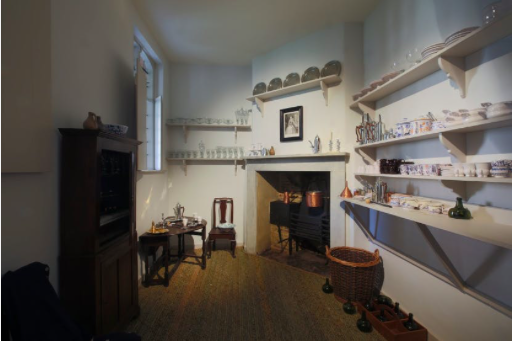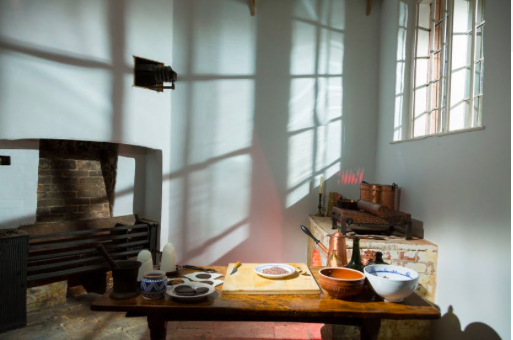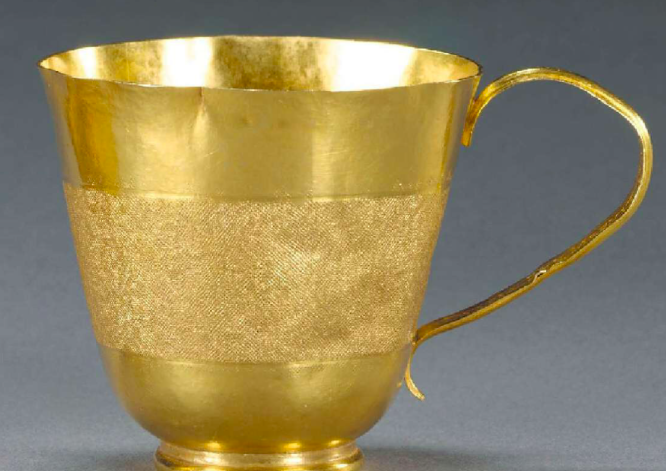Join us as we trace the fascinating journey of chocolate in the 17th, 18th and 19th centuries - from its arrival - not without issue - on Hampshire shores, to its place at the very centre of Stuart royal life. Guided on our way by Holly Marsden, a specialist on the life and times of Mary II, we hear how the Queen placed this bittersweet substance at the heart of her work to reshape the English Court, both physically and in terms of the ritual and image-making that projected power and prestige.
Starting in a series of rooms devoted to chocolate at Hampton Court Palace, a story emerges of Mary’s close attention to the potential of chocolate in expressing extravagance and exoticism, showcasing the success of empire and colonisation during this period. The Queen worked closely with Christopher Wren to ensure the ‘chocolate kitchen’ was at the literal centre of the Palace, right beneath the King’s apartments. The rich smells associated with its preparation, mixed with spices and the scents of refined horticulture nearby, contributed to a sensory overload that projected success, sophistication and modernity. But there was a darker side: this splendour came at the cost of considerable exploitation, and interacted closely with the triangular slave trade underway during this period- as contemporary portraiture shows.
Digging behind this fanciful, and far from flawless, facade, we sift through fascinating references in Samuel Pepys’ diaries to drinking chocolate after a night of heavy merrymaking; its source of worry to royal physicians; and, perhaps inevitably, the way in which it attracted the attention of the tax man. Some things never change... but listen in, and you might find more than a few things to surprise you in the history of this sugary treat!
Johanna Strong is a PhD student at the University of Winchester under the supervision of Dr Ellie Woodacre and Dr Simon Sandall. Her thesis examines the way in which Mary I’s legacy was posthumously created and how this legacy was perpetuated into the Hanoverian period. She’s a contributor to the Team Queens website, a digital global queenship project, and her research has been featured on a variety of platforms, including guest blog posts, podcasts (including Hampshire Histbites’ previous seasons!), and talks with History Indoors, an online history collective. Johanna is also looking forward to the publishing of her chapter in Valerie Schutte and Jessica S. Hower’s Writing Mary I: History, Historiography, and Fiction, expected for late 2021.
Holly Marsden is a second year AHRC Collaborative Doctoral Partnership student at the University of Winchester and Historic Royal Palaces, also working with National Portrait Gallery and Royal Museums Greenwich. Her thesis examines the multiple identities of Mary II and her wider research interests include global queenship, histories of sexuality and gender, art history and pop culture.





Further Resources and Links
If you want to know more about how chocolate came to court, then why not watch this YouTube video:
How Chocolate Came to Court
Below you can find suggested articles and websites which discusses royal connections and chocolate in Hampshire:
The Royal Chocolate House, Greenwich - A brief history of chocolate houses.
Chocolate Fit for a King - History and stories from Historic Royal Palaces.
Archives and collections in connection with slavery - Here you can have a look at items relating to slaves and slavery in Hampshire.
Great British Bake-Off: Queen Anne's Chocolate Puff Challenge - Inspired by Finals Week on GBBO, the curators at Historic Royal Palaces were inspired to create their own technical challenge. Read about it in their blog.
If you’re curious about their work as part of #TeamQueens, why not check out their website and read about their research on all things queens.
And if you want to do some further research on your own, Holly Marsden has kindly created a bibliography which you can download:


